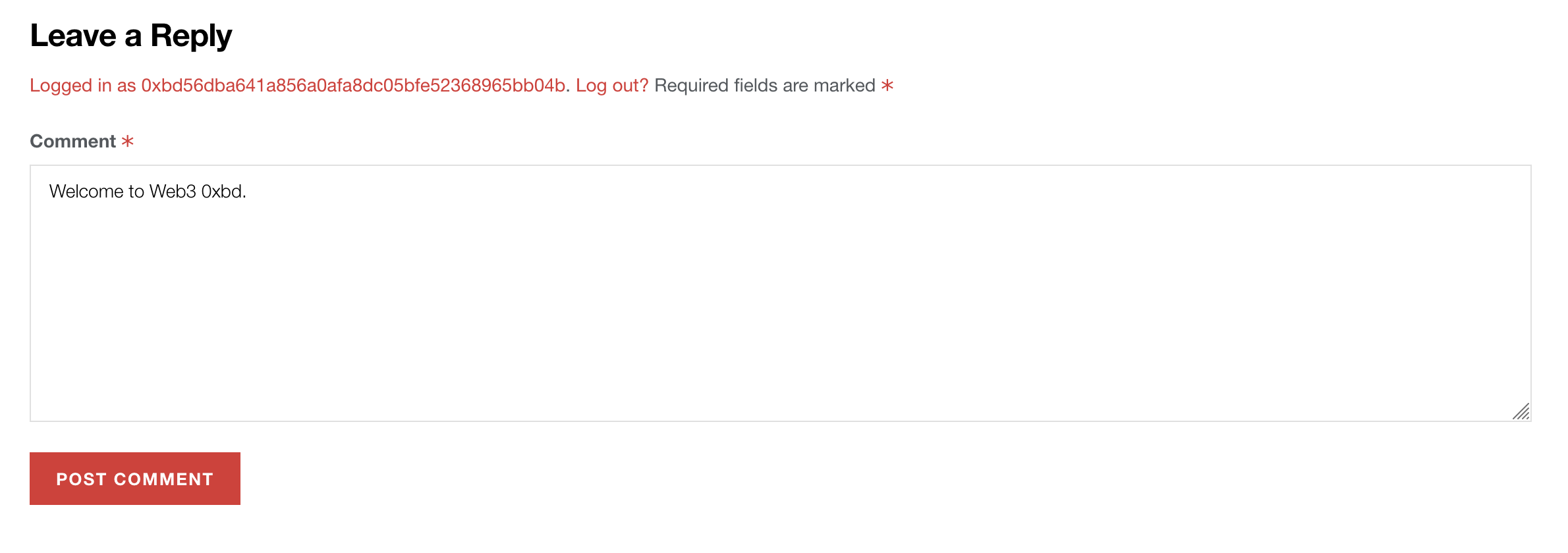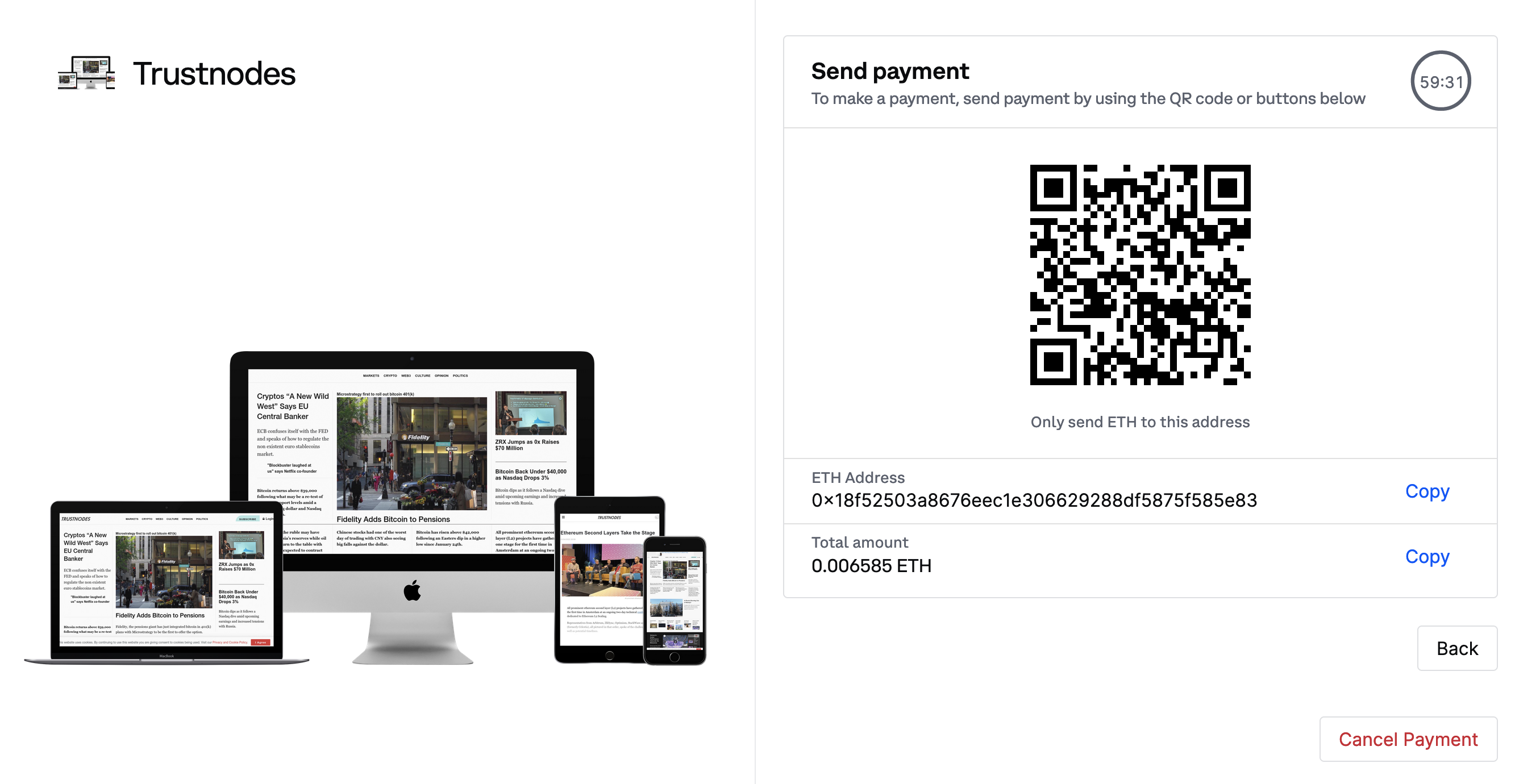Usernames and passwords may be a thing of the past, replaced with a global open source database, in this case the ethereum blockchain.
That’s web3, a new commons run by us and maintained by us where we have complete ownership over our accounts.
That might not sound much. It’s not a transformation from paper to code, as bitcoin is and crypto money. But it’s an incremental improvement that utilizes that transformation.
As an example here at Trustnodes we’re completing a third migration of our subscribers. In each of them, we lost some, due to the lack of data interoperability requiring some manual migration.
You can have the usernames of course, but transporting the passwords can be subject to different platform requirements, and without the passwords you don’t have the users.
With MetaMask, the username and the password is your public ethereum address. As long as you keep having ownership of that address, we can always communicate with your acccount.
Amaury Martiny, a Full-stack Developer, showed in 2018 how you can integrate Metamask, which is basically just a javascript library, with your database so that the public address is the username.
That’s now implemented on Trustnodes, with the long string of numbers and letters becoming your public facing identity.

You can see Trustnode’s test address above being a user, quite a sight when seen for the first time with plenty of ramifications deriving from it.
Chiefly, you can be fully anonymous. That might matter when it comes to paying. Someone like Elon Musk for example might read Trustnodes, but if he wants us to not be certain of it, he can just fund an ethereum account from an exchange or a mining pool and use that to sign up or pay.

When you choose eth or dai, the metamask prompt is automatically initiated, making this a one click checkout where no user input is needed expect to confirm.
If you pay by card instead, which you still can, you need to type all those numbers. If you choose bitcoin, you have to scan the QR code. With eth, presuming you have Metamask installed, you just click confirm.
That makes it a far smoother experience, especially on mobile, with the payment going to a derived address from a master address, so it changes each time.
Trustnodes is using Coinbase’s self-hosted integration. We were close to fully creating our own in-house, but as this is a self-custody solution, making it our own wallet that is directly connected only to the blockchain, there isn’t as much of a concern as otherwise.
And that’s it, that’s web3 where it concerns a site like Trustnodes. Public accounts, connected to the blockchain, able to access it with just one click, with the usual web2 services then hosted in web2 solutions.
That service in this case being access to all of Trustnodes content, which is instantly granted after the one click checkout, with the website then surf-able as usual as the account aspect takes backstage.
Which means web3 is accounts. Open source public blockchain accounts. Accessing them and utilizing them costs nothing, either to the blockchain or us. But it provides benefits, in this case, communication between the platform and the users will never be lost again because the accounts are always publicly accessible.
You can still register or login with your username and password of course. They’re brought in-house now as well. They have their own advantage in as far as if you’re not using a new eth address, we won’t be able to tell much about you, but your bank will be able to tell a lot about you.
With ethereum, you can see what, but not who, unless the person reveals ownership. With a bank account, you’re revealing to the bank both the what and the who.
So providing more choice, while trailing the frontier which took long, but then web3 took long too.
It is now finally here, and this is what it looks like. The blockchain in your website. The open source database, the code running there, all in your normal operations.
Making it an extension basically, an addon that in many ways changes nothing, and yet in plenty of ways makes possible a new digital commons where the ownership R belong to us.
Source: https://www.trustnodes.com/2022/05/18/trustnodes-goes-web3
